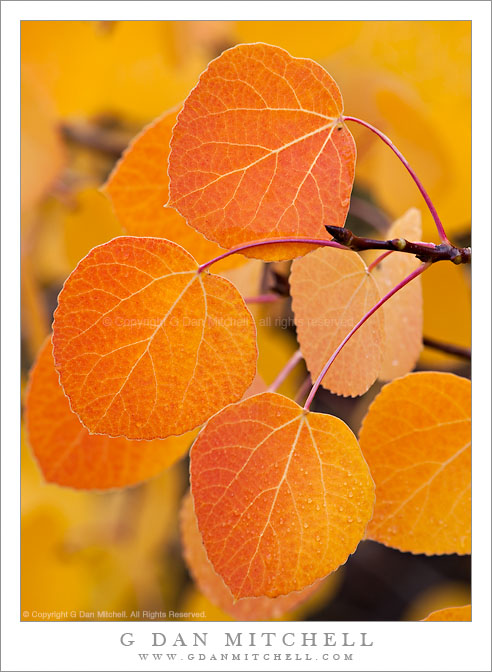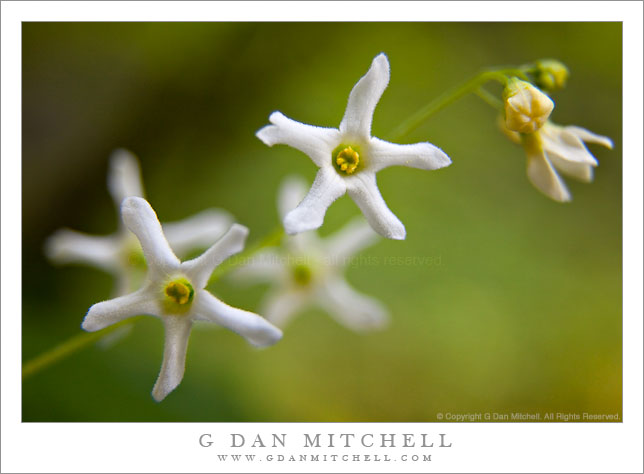(NOTES: This article has been updated periodically since its original publication, including a more significant update in 2019. And, yes, there is a Part II.)
A recent discussion got me thinking once again about another “myth” of landscape photography, namely that [i]some lenses are appropriate for landscape photography and other lenses are not[/i]. There are several such myths, including but not limited to the following aspects: focal lengths, zooms versus primes, maximum apertures, expense, etc. While I could have a lot of fun (or not!) starting with the zoom/prime question, I have saved that for Part II. (Short preview: I think that “zooms or primes?” may be the wrong question, the image quality implications are not as simple as you might think, and I use both… but tend more and more to rely on zooms.)
Instead, I’ll start with…
Focal Length
The trigger for this was a discussion of the suitability of a certain type of lens for landscape photography. I had made a point concerning a 85mm prime that I sometimes used, and the other party disagreed with my perspective. Several rebuttals to my thinking were offered, but the one offered as a sort of trump card was that using a 85mm lens for landscape is an inappropriate choice, and one should use a wide-angle zoom like a 16-35mm lens.
While many landscape photographers know better, especially those who have done this for a while, it is surprising how many folks assume it to be accepted wisdom that proper landscape photography is done with ultra-wide to perhaps normal focal length lenses, and that the first and perhaps only lens that a landscape photographer would want would be such a lens. (Again, I’m not getting into the prime v. zoom question here – I’ll save that fun topic for a later post. :-)
In my view, the best answer to the “what focal length is best for landscape?” question is the focal length that works best for the photograph I am making right now. My current kit, based on full frame DSLR bodies, covers focal lengths from 16mm to 400mm — technically 560mm if I add a 1.4x TC. While I frequently work with less than the full kit (when backpacking, for example), when I’m not constrained by weight or other limitations I carry lenses to cover this full range and typically use most or all of them. What follows is an overview of some of the lenses I use, accompanied by some photographic examples and a bit of explanation. Continue reading Photographic Myths and Platitudes – ‘Landscape Photography Lenses’ (Part I)



